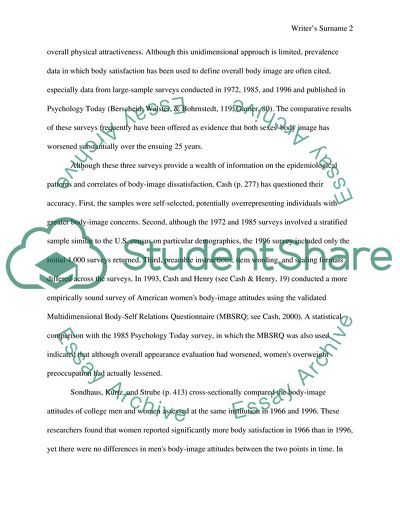Cite this document
(Men Body Image Assignment Example | Topics and Well Written Essays - 1500 words, n.d.)
Men Body Image Assignment Example | Topics and Well Written Essays - 1500 words. https://studentshare.org/sociology/1713198-class-sociology-of-women-topic-men-have-the-same-body-image-issues-as-women
Men Body Image Assignment Example | Topics and Well Written Essays - 1500 words. https://studentshare.org/sociology/1713198-class-sociology-of-women-topic-men-have-the-same-body-image-issues-as-women
(Men Body Image Assignment Example | Topics and Well Written Essays - 1500 Words)
Men Body Image Assignment Example | Topics and Well Written Essays - 1500 Words. https://studentshare.org/sociology/1713198-class-sociology-of-women-topic-men-have-the-same-body-image-issues-as-women.
Men Body Image Assignment Example | Topics and Well Written Essays - 1500 Words. https://studentshare.org/sociology/1713198-class-sociology-of-women-topic-men-have-the-same-body-image-issues-as-women.
“Men Body Image Assignment Example | Topics and Well Written Essays - 1500 Words”. https://studentshare.org/sociology/1713198-class-sociology-of-women-topic-men-have-the-same-body-image-issues-as-women.


